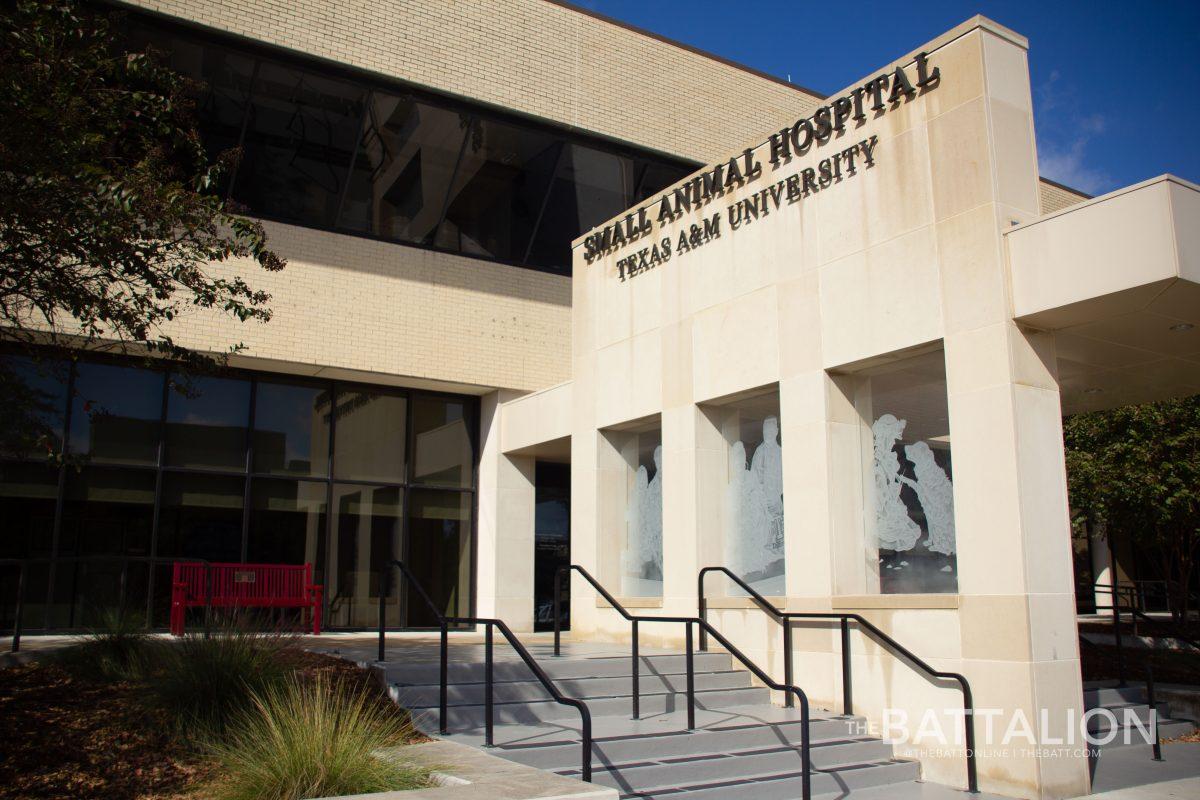The mere question of the possibility of life on other planets has captivated mankind since we first gazed upon the stars. For centuries, the possibility of even obtaining answers was an elusive dream. Now, with the advent of groundbreaking scientific discoveries and technological advancements, mankind now has the ability to search for those answers.
Texas A&M has provided former students and professors with the resources and knowledge to participate in the search for these answers.
This is the most powerful and capable spacecraft weve ever sent to the surface of Mars, and it will provide us with plenty of amazing data to sift through for years, said graduate student, Keri Bean, who is currently working with Curiosity.
Curiosity is a Mars rover that was launched on November 26, 2011 and recently landed on August 6, 2012.
According to NASA, the mission of the rover is to search for areas of Mars that have past or present conditions suitable for life and possible conditions that are capable of preserving a record of life.
The rover carries the largest and most advanced suite of instruments for scientific studies ever sent to the Martian surface. The rover will analyze samples scooped from the soil and drilled from rocks, which is where Texas A&M comes into play.
Although the rover is funded through NASA, there are several Aggies working on Curiositys team who made it possible. One of Texas A&Ms key players involved with Curiosity is
Mark Lemmon, who is an atmospheric science associate professor at the University.
After obtaining his Ph.D. in planetary science from the University of Arizona, he came to A&M where he spent a couple of years in the Physics department. In 2002, he was accepted to join the Mars Exploration Rover team, which led to his involvement with Curiosity.
Lemmon serves on the camera team for Curiosity. He plans activities, analyzes imaging data, monitors instrument performance and uses the data to help understand Mars.
I am focused on dust in the atmosphere. Dust erosion and transport by wind is the dominant mechanism in reshaping the Martian surface todayit has been a long time since water had that role, said Lemmon.
The involvement of A&M affiliates does not stop there though.
Douglas Ming, who received his Ph.D. in soil science from A&M in 1985, is currently a NASA civil servant. He manages the human exploration science office at NASA Johnson Space Center.
Right now, he is on assignment to the NASA Jet Propulsion Laboratory for Curiosity operations.
Ming said that during the last year of his doctoral program, two scientists from NASA visited the department of soil and crop sciences to discuss with professors the possibility of growing plants on the Moon.
After speaking with them, they suggested that he write a proposal for a postdoctoral position at NASA Johnson Space Center. After being awarded the position, he was hired by NASA, which has led to his involvement with several Mars robotic mission.
Masters students and research assistant in atmospheric science, Keri Bean, has been working with Lemmon since she started as a meteorology undergrad at A&M
in 2007.
I found out about planetary science and figured studying the weather on other planets was the coolest possible thing I could ever think of and I wanted to get involved, Bean said.
Bean is the Mastcam payload uplink lead for Curiosity, which means that she helps translate between the scientists and engineers on getting observations into the plan. She also leads the environmental science theme group. Her third part of involvement is being the keeper of the plan, meaning that she takes the observations the scientists want and puts them in the planning software.
Bean said, On some days I get to be an engineer and some days I get to be a scientist. Its really fun interacting between the two sides.
On involvement with research, Ming said, Any day you can go to work on Mars, is a great day. It is a privilege and a thrill to be involved in this mission.
Aggies aid in Mars exploration
August 31, 2012
0
Donate to The Battalion
$2790
$5000
Contributed
Our Goal
Your donation will support the student journalists of Texas A&M University - College Station. Your contribution will allow us to purchase equipment and cover our annual website hosting costs, in addition to paying freelance staffers for their work, travel costs for coverage and more!
More to Discover









